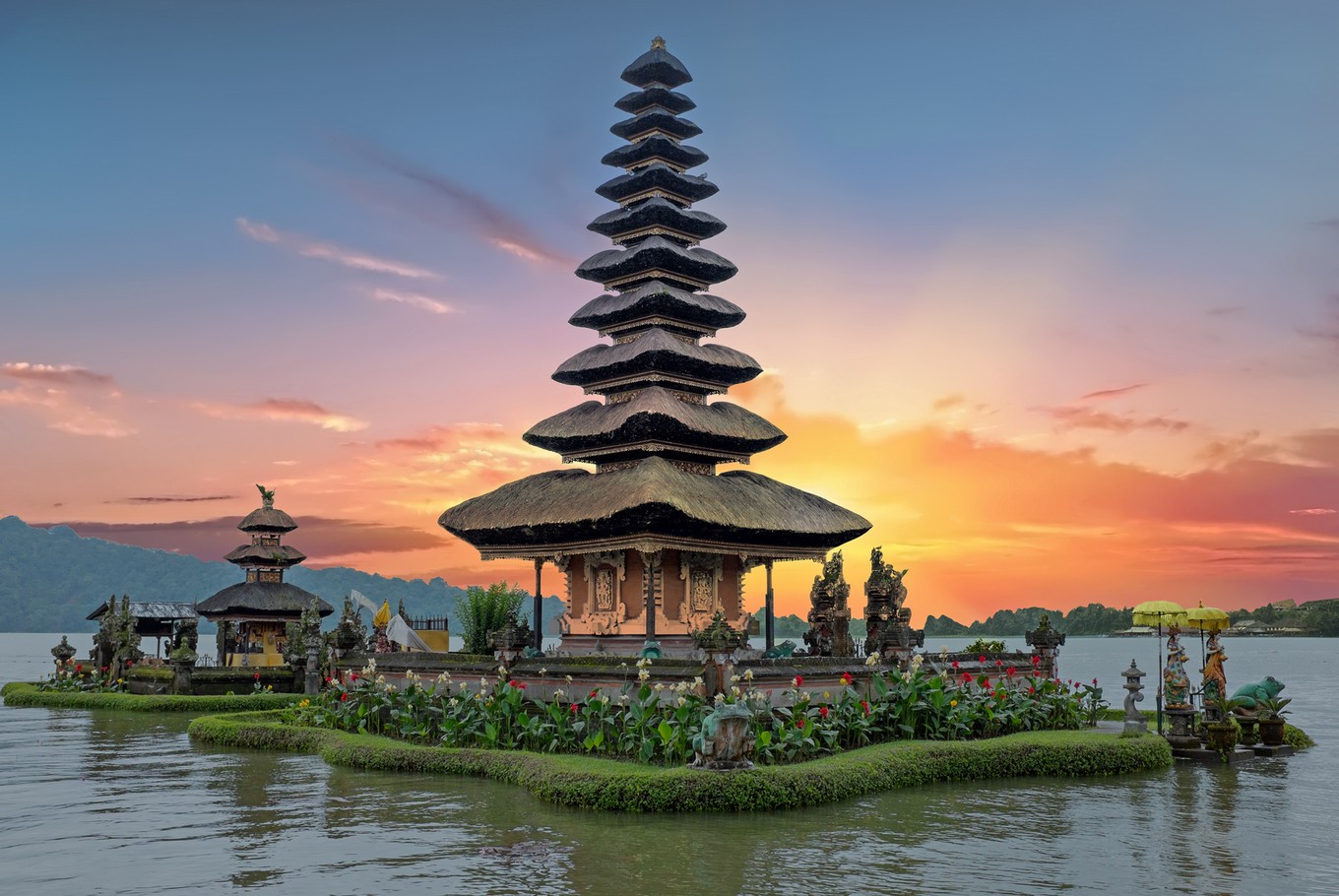Bali to turn into 'Silence of the Land'
Change text size
Gift Premium Articles
to Anyone
 A sunset in Bali. (Shutterstock/File)
A sunset in Bali. (Shutterstock/File)
M
arch 28 this year will mark the beginning of the Hindu New Year of Saka 1939. On this annual observance, known locally as as “nyepi”, the usually bustling island of Bali will grind to a peaceful halt for 24 hours.
Between the hours of 6 a.m. until the following morning at the same time, everyone on the resort island will stop their daily activities, refrain from using electricity and remain in their homes.
The entire island will come to a standstill, with no scheduled incoming or outgoing flights from the airport. The seaport will also be closed, broadcast stations (including cable networks) will go silent, streets will be empty of all traffic, all shops will be closed and visitors will be confined to their hotel or villa for the entire period.
Everyone on the island, both residents and visitors, is required to abide by the Hindu religious rules called Catur Brata Penyepian. Encouraging meditation and reflection on this day of seclusion, the rules consist of amati geni (no open fires or flames), amati lelanguan (no pleasurable activities), amati karya (no work or labor) and amati lelungan (no journeys).
During this day of dedication to complete silence, community law enforcement officials called pecalang make their rounds to ensure that no persons, no light and no noise are emanating from any homes in the neighborhood.
Nyepi rituals
There is a series of rituals conducted before and after the day of Nyepi, which take place in every part of the island. Below are some of the most notable of these rituals.
The first one is called melasti, a procession that features a pilgrimage to the sea to purify each temple’s religious paraphernalia. Usually performed three to four days before Nyepi, this ritual event incorporates a beach component, with pilgrims from various villages all over the island bearing temple heirlooms making long journeys on foot toward the coast.
The second is the Bhuta Yajna ritual, which is performed one day before Nyepi, in order to vanquish negative elements and create a balance with God, mankind and nature.
On this day, Hindu adherents conduct ritual sacrifices, with different levels of sacrifice determined by the slaughtering of different types of animals, such as chickens, ducks and pigs.
Just before sunset, which is around 4 to 5 p.m., the ritual of Pengrupukan takes place. At this time, locals parade the streets carrying ogoh-ogoh, giant demonic statues made of bamboo and paper, symbolizing malevolent spirits, while passionately playing a deafening mixture of the kulkul traditional bamboo bell and gamelan music. On the evening after the parade—which is actually the Saka New Year’s Eve, the ogoh-ogoh are ceremoniously burned in an all-encompassing inferno. The burning symbolizes the eradication of all evil influences in the lives of adherents.
The peak of this religious celebration is on the third day, when people retreat from all daily activities into the silence of their homes.
One day after the silence, Balinese Hindus perform the ngembak geni ritual, in which they visit relatives to exchange forgiveness.






